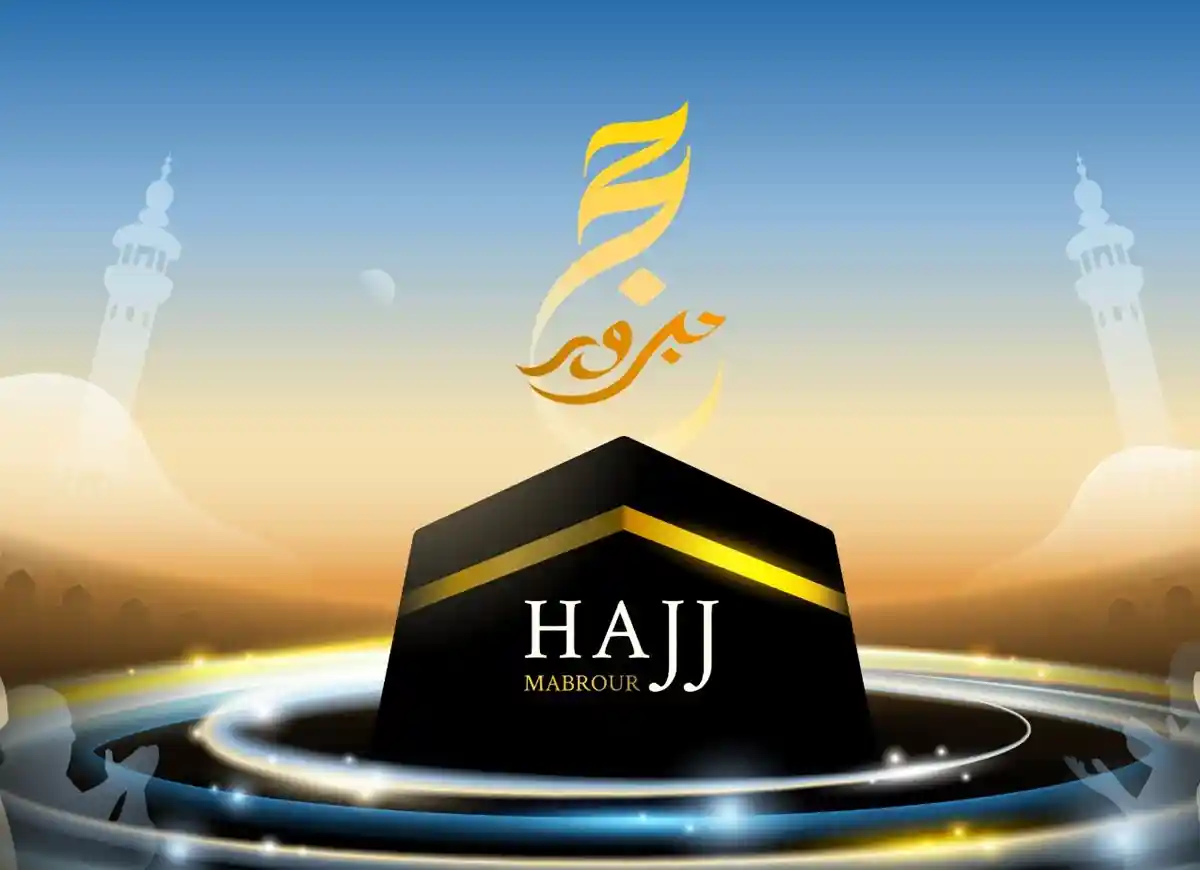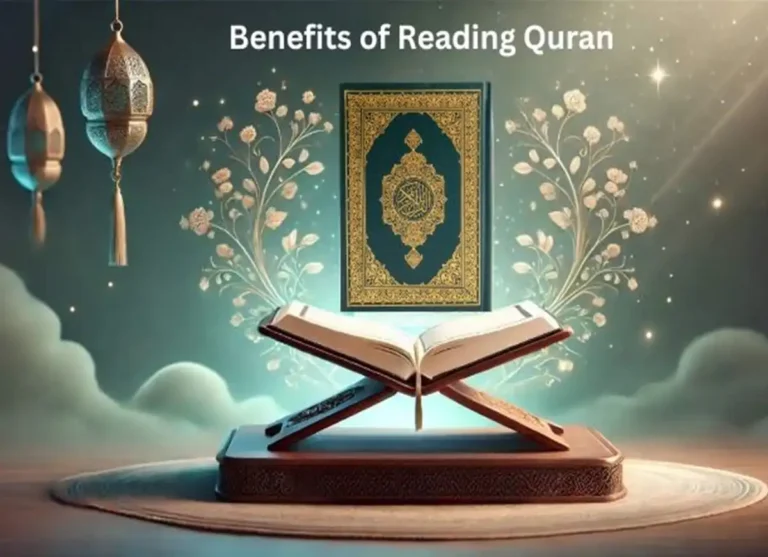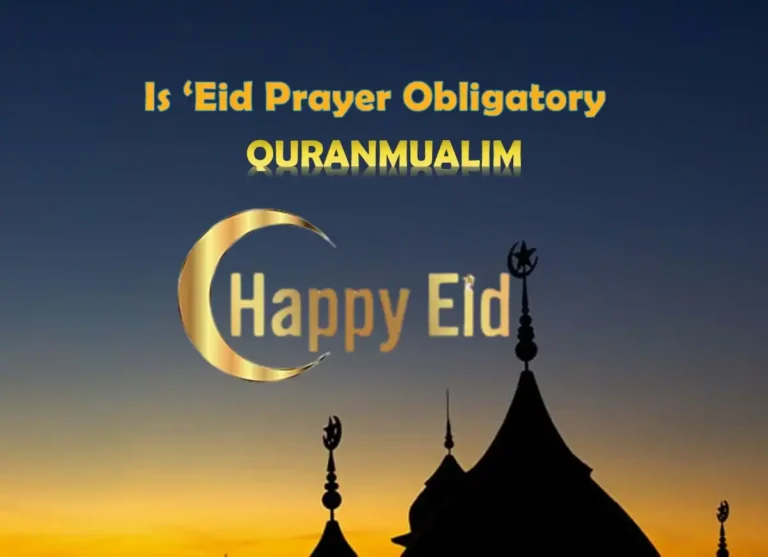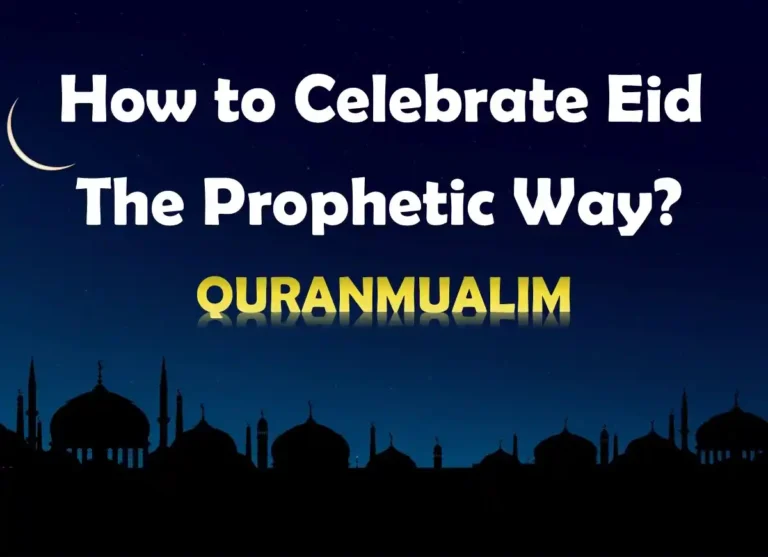The religion is a social phenomena that is formed and interpreted by the vision and beliefs of its members, in addition to its spiritual as well as its economic, political, and other aspects. Travel, whether as a result of the Hajj (pilgrimage towards Mecca), hijra (migration from places that practice Islam is impeded), ziyara (visits to holy places), or rihla (travel for the sake of learning), has played a significant role in bringing about these shifts.
Since the beginning of Islam, Islam and the Muslim community have changed as a social phenomenon. Above all, these types of travel indicate that they are an encounter with the unknown and a departure from the familiar. Muslim tourists return from their travels with an awareness of and tolerance for many cultures and differences.
Respect for diversity is always vital, but it’s even more crucial in the globalized world of today. For example, there are many conflicting interpretations of “Islam” within the Muslim community, and some adhere to a rigid, binary definition of religion, completely oblivious to the diversity of cultures and views.
Rejecting these absolutist viewpoints necessitates both a thorough study of Islamic spirituality and tradition as well as some comprehension of the world’s socioeconomic dynamics. It is one of the five pillars of Islam and a necessary mode of transportation for Muslims. The Hajj is a crucial means of accomplishing these two objectives.
The Hajj is a pilgrimage to Mecca, a city off-limits to non-Muslims, and it is extremely important. Even though some have denounced this restriction as a danger to religious freedom and tolerance, it actually serves a vital purpose in assisting pilgrims in reevaluating their beliefs in the absence of outside criticism. This is a critical component in the modern world, when Muslims are investigated practically everywhere.
Believers are taken from their familiar surroundings and placed in unfamiliar settings during the Hajj. It also gives them the chance to experience a different pace, marked by both slow and fast-paced rites.
It invites Muslims to go out on a unique trip with the K’aba as its destination. The K’aba is the center of the Islamic universe, the earth, and the cosmos. They have time to investigate their spirits as they journey to this center location. The Hajj is the ultimate pilgrimage; it unites the society, the planet, and the self in a shared journey. The Hajj is a journey to the heart of Islam.
The pilgrimage rites include the first tawaf, or circumambulation, around the K’aba, also known as s’ai (to run, to move swiftly) in between al-Safa and al-Marwa hills, and keeping vigil in the plains surrounding Mount Arafat. The pilgrims then perform the ramy al-jamarat, or symbolic stone-throwing by the Devil, in Mina following a stop at Muzdalifa to gather pebbles.
The pilgrims then make their way back to Mecca to finish the second tawaf (tawaf ziyarah) and spend the night in Mina. The next day, they do the ramy al-jamarat for the first two pillars, and then for the third pillar. The Hajj comes to an end with tawaf al-wad’a, the third and last tawaf.
The majority of the hajj consists of imaginative recreations of many significant religious events. The seven-minute trek across the mountain ranges that make up al-Safa and al-Marwa, known as the s’ai, recreates the terrified woman’s search for water up until an angel hands her the zamzam source.
At the location where the prophet Muhammad gave the Farewell Sermon to the Muslims accompanying him on the Hajj in the latter stages of his life, pilgrims gather for the Mount Arafat vigil. Muslims believe that this is also the place where Adam and Eve were reunited with each other on Earth. Pilgrims on Mount Arafat use this period of introspection and devotion to connect themselves to the Prophet and even further back in time to the very beginnings of time.
Following that, the pilgrims participate in the Ramy al-Jamarat ceremony at Mina, where they beat three pillars with stones they have gathered, signifying the three points on which the devil failed to persuade the prophet Abraham to follow God’s instructions and not kill his son Ishmael. Following the ramy, the pilgrims must present an animal as a sacrifice. When God was gracious to Abraham, he was instructed to offer a ram as a sacrifice rather than Ishmael.
These reenactments demonstrate how pilgrims must replace formality with imagination in order to truly understand the significance of the Hajj. The objective of the rites, though many may perform them by hand, is to awaken the pilgrims from their indifference and help them comprehend an experience and reality distinct from their own.
In order to remind Muslims of their promise to worship God and obediently serve Him, the ceremonies introduce them to the monotheistic of their ancestors. Islam is and always will be Islam, that much is evident. It is the one religion that will always remain the same. The tawaf, a circular motion that denotes continuity and the eternal, highlights the essential qualities of Islam even more. Tawaf links us to the black vortex in space and to angels who perform tawaf in heaven.
The pilgrims need to use their imagination and develop more general use of those abilities in order to fully understand this link. In Muslim Travellers: Pilgrimage, Migration, and the Religion of Imagination, Dale Eickelman and James Piscatori discuss their thesis, saying that “faith is accepted and affirmed through symbolic and metaphoric imagery that is the very essence of imagination, which does more than just expand followers’ perspectives but also alters these perceptions so that the truth and rationality of religious belief and practices seem to be a natural part of the process.” The deeper significance of the rituals must be considered by pilgrims, who then apply their cognitive and creative faculties to apply the meaning of these rites—which extends beyond the Hajj—to their daily lives.
Reliving stories from the s’ai, like Hagar’s desert quest for water and finding God’s grace amidst the desolate mountains, might provide solace from the loneliness of our contemporary, frequently lonely lifestyle. When you read about Hagar’s experiences, there’s something very “real” that breaks through the chaos of our individualism and enables us to recognize the people we can actually trust on. In an attempt to replicate Hagar’s entire “faith” moment of discovering “belief” in the midst of ideologies, pilgrims walk in her footsteps.
Abraham was a comparable winner, and when the pilgrims set up the devil’s pillars, they are reminded of Abraham’s unwavering faith and the idea that no sacrifice is too big. Those who see beyond the rituals and consider the possibilities may become conscious of Satan’s influence in their own life and engage in an internal struggle similar to what Abraham did.
In the Ihya’ ‘Ulum Al-Din, or Revival of the Religious Sciences, Imam al-Ghazali said as follows: “As for the throwing of stones, it is an expression of the person’s humility and devotion to Allah, as well as an indication of his commitment to obey Allah’s commandments. It is an indication that divine directives are being followed without showing any signs of intellectual or sexual pleasure.”
Using the imagination to look outward at the universe has social repercussions beyond the purview of spirituality. The ability to imagine religiously is a powerful tool that can have beneficial effects. Seven categories of religious imagination—”monotheistic intolerance, the purity of women holy wars, notion of offering sacrifices, claim of sacred sites, such as Jerusalem and the hope of the Messiah, and visions about heaven”—are identified by Michael Sells as the foundation for ideologies and the source of conflict. There are other, more efficient forms available through the Hajj.
For example, as Ebrahim Moosa says in Pilgrims at Heart: “How do certain Muslims continue to infringe on their rights as well as the dignity and respect of females for the cause of Islam after paying homage to the two ladies Eve and Hagar during the ceremonies of pilgrimage? Is there not a contradiction in this? In actuality, the Hajj rites honoring Eve and Hagar contain God’s teaching on women’s dignity.
All of the Hajj is a recreation of the journey and reunion of Adam and Eve on earth after their banishment from heaven. Like pilgrims who are uprooted from all they know, they move from town to town, exiled like exiles. In addition, pilgrims assemble at Mount Arafat to silently and respectfully recognize Eve as the mother of all humanity.
Regardless of social class, Eve serves as a reminder to pilgrims of their shared origins. Since the S’ai is based on Hagar’s struggle, both her faith and her struggles are glorified. God has selected Hagar as his vehicle to participate in a holy trial that will serve as a model for future generations.
As Hibba Abugideiri stated, Hagar was tasked by God with being Ishmael’s mother in addition to that. Muslim civilization began as a result of Hagar’s hardships, who was considered “a God-ordained messenger”.
Two theories have been offered by Islamic tradition as to why she was given the name Hagar. She was a migratory woman (muhajira), which is one explanation; another is that she had a tendency “to elude negative influences” (hajara). Similar to how Abraham represents God-awarenes, which is uncommon in the world of the pagan. It should come as no surprise that the Hajj preserves her story in order to raise consciousness of God.
Examine the conversation that ensues between her and Abraham as he prepares to leave the two of them, Ishmael, alone in the desert: “Oh Abraham, where are you going to go, going to a place without persons or food?” He did not respond. “Is this an order from God?” she said after making another attempt and failing to receive a response. Indeed, Hagar stated with confidence in response to Abraham’s statement, “God will not allow us to die in that way.”
Hagar is a representation of the respect that girls and women should have, as well as the way Muslims should treat the weak and the outcasts in society. Hagar, an Egyptian slave, had proven herself “worthy of divine guidance” despite her current situation. Although class, race, gender, and other categories were formed by humans, God does not see merit or dignity in these arbitrary distinctions.
Emotions and creativity might encourage pilgrims who have performed the Hajj (a pilgrim who has completed the Hajj) to go beyond labels and see everyone as God’s child if they are genuinely considering the topic.
The shema clothing code, a traditional male attire consisting of various unstitched white shirts,
emphasizes the elimination of class disparities even more. Islamic custom advises “one should wear a rough, dirty, untidy look and hair that is uncombed, with no ornamentation on the outside or inclination to extravagant displays” in order to intensify this impact.
Otherwise, someone who enjoys a luxurious lifestyle but is neither lazy, disadvantaged, or pure of heart could be seen as ostentatious and conceited.”
Its regularity, simplicity, and beauty triumph over differences, especially when those distinctions are manifested in the clothes that people wear. Ultimately, the Hajj eliminates insignificant distinctions and honors the more important ones. It teaches the pilgrims about people and cultures they had never heard of before and connects the world to these individuals who have never left their native country.
The pilgrims participate in a collective act of worship during the Hajj, acknowledging their equality before God and their right to Him. When one has an open mind, they may recognize the significance of this incident and use it to refute even the most extreme preconceptions and fears. Consider Malcolm X’s viewpoint on appreciating the diversity of the Hajj:
“What I’ve seen and experienced on this journey has caused me to reevaluate many of the thought patterns I had previously held, as well as some of my previous conclusions. I had no trouble with it. Even with my strong beliefs, I’ve always made an effort to embrace reality as it is and to accept the world as it is as new information and experiences become available. I have always kept my options open.
This is necessary for the adaptability that must go hand in hand with any thoughtful search for the truth.”
What matters most is that the Hajj experience should convey an inclusive message to a far wider audience than the Muslim community alone. Despite its diversity, humanity is one.
Even when it comes to Muslims The Hajj may deepen Umma-awareness, but it also highlights the disparities among the diverse viewpoints within the larger, cohesive group. Islam is a single religion, yet it is also incredibly multifaceted.
The Hajj is an opportunity to rejoice in the diversity of people, civilizations, and points of view. It is possible for modernists, conservatives, liberals, and traditionalists to join together and learn about one another’s ways of living and thinking. Imagination and a respect for these people’s diversity have the capacity to arouse visitors to “constructive opportunities” and can be effective tools in the fight against terrorism, absoluteism, and repression.
Asma T. Uddin is a globally renowned lawyer with Morgan, Lewis & Bockius LLP, a freelance writer, and the Associate Editor of Islamica Magazine.
Categories: PRAYER (Salat), ALMS (Zakat), SAWN (Fasting) HAJJ (Pilgrimage) & DUA (Supplications), Hadith and Tafseer, The Holy Quran, Quran Jaz 1- 114
Topics: Ushr and Zakat, Hijab, Arabic Corner, Faith, Islamic History, Biography, Sirat ul Nabi PBUH, Islamic Studies, Halal & Haram
Hajj:
- What is Ihram Haji ? | Hajj and Umrah-Quranmualim
- Importance of The Days of Zil Hajj | The Day of Arafah
- Define Menses during Hajj and Umrah | Mina in Makkah
- The Holy pilgrimage of The Messenger | The Rituals of Hajj
- 3 Types of Hajj | Tamattu | Ifrad | Hajj Qiran – Quranmualim








